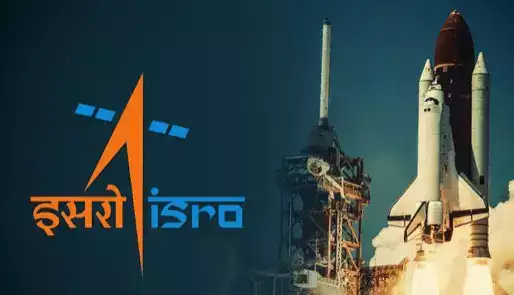The inaugural launch of Aditya-L1, India’s pioneer space-based observatory dedicated to studying the Sun, is scheduled for September 2, 2023, at 11:50 AM IST from Sriharikota.
Aditya-L1 is expected to be a ground-breaking mission for India because India after accomplishing one of the greatest achievements in the entire world and being the first at the same time brings the same hope and aims to investigate our closest star from a space-based platform.
The spacecraft will be positioned in a special orbit encircling the Sun-Earth Lagrange point 1 (L1), approximately 1.5 million kilometres away from Earth. One of the similar points is L2 where the world’s largest infrared telescope JWST is situated right now and is giving better images than the Hubble Space Telescope.
There are many remarkable benefits of placing an observatory in this halo orbit as its unobstructed view of the Sun ensures constant observation without the hindrance of eclipses or occultations.
By achieving this unique perspective, Aditya-L1 will be able to monitor solar activities and their influence on space weather in real time. The spacecraft has been packed with seven different payloads that make it self-sufficient after deployment and each payload design enables it to study various aspects of the Sun’s structure, including the photosphere, chromosphere, and the outermost layer known as the corona which is the hottest of the whole suns part.
According to ISRO, these observations are set to be made possible through a combination of electromagnetic, particle, and magnetic field detectors.
Out of the seven payloads, four are specifically positioned to directly observe the Sun, while the remaining three will conduct in-situ analyses of particles and fields at the Lagrange point L1. This approach offers valuable insights into the propagation of solar dynamics through the interplanetary medium.
Crucially, Aditya-L1’s payload suites are expected to yield essential data to unravel key solar phenomena, including coronal heating, coronal mass ejections, pre-flare and flare activities, as well as the intricacies of space weather dynamics. The mission’s core scientific objectives encompass a range of topics:
1. Understanding the dynamics of the Sun’s upper atmosphere, including the chromosphere and corona.
2. Investigating the processes behind chromospheric and coronal heating, as well as the physics of partially ionized plasma, coronal mass ejections, and solar flares.
3. Gathering in-situ data on particles and plasma to comprehend solar particle dynamics.
4. Unraveling the mechanisms responsible for heating the solar corona.
5. Diagnosing plasma properties within coronal loops, such as temperature, velocity, and density.
6. Exploring the development, dynamics, and origins of coronal mass ejections (CMEs).
7. Tracing the sequence of events across multiple solar layers that lead to solar eruptive phenomena.
8. Studying magnetic field topology and measurements within the solar corona.
9. Identifying the drivers of space weather, including the origin, composition, and dynamics of solar wind.
As the launch date approaches, India anticipates a new era of solar exploration and unprecedented insights into the behaviour of our Sun.

